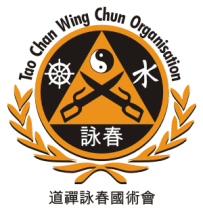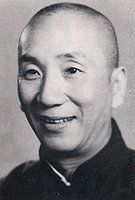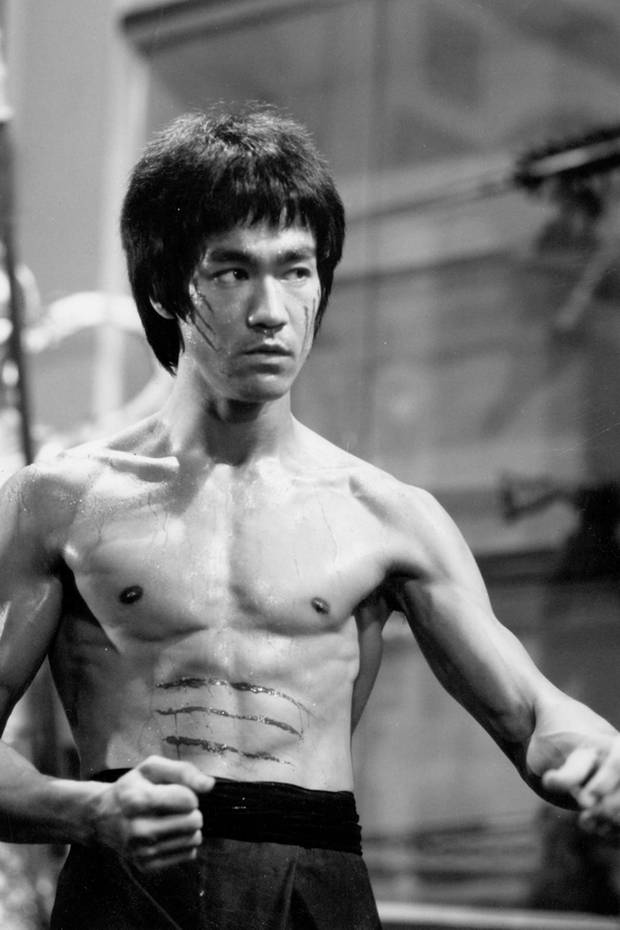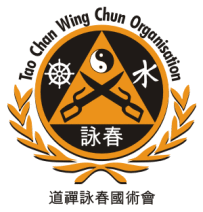Tao Chan Wing Chun Augsburg
General information about Wing Chun
Wing Chun originated over 350 years ago in the South Shaolin Temple in China as a secret style of the monks. After the temple was burned down, the monks and the abbess Ng Mui fled. Since a fight with the persecutors could not be ruled out, who were essentially younger and stronger than herself, she developed a system which is superior to the usual Shaolin Kung Fu system. All acrobatics have been left out and focus on practice and combat. This enabled her to defend herself and defeat all pursuers.
After some time on her travels, she met a young girl named Yim Wing Chun, who was threatened and molested by a local thug. The nun, full of compassion for Yim Wing Chun, taught her the system. Yim Wing Chun was thus able to defend and win against the local racket and became a famous fighter who was invincible. Her husband, whom she later taught this system, named the system after his wife - Wing Chun.
Over the generations the Wing Chun style was only passed on to 1 person until Dr. Leung Jan, a famous Chinese herbalist who was undefeated as the king of Kung Fu. He taught the system to his successor Chan Wah Sun and his son Leung Bik and thereby came to Grandmaster Ip Man, who taught the system publicly for the first time, where he had such famous students as Bruce Lee.
Before Grandmaster Ip Man died, he gave Wing Chun to his son, Grandmaster Prof. Dr. Ip Chun continue. Abbot Chi Sim learned the traditional Wing Chun from Grandmaster Ip Chun, who reunited this system with the Shaolin lineage under the name Tao Chan Wing Chun.
Tao Chan Wing Chun is extremely effective in many ways for self-defense, one's own health and the development of mental strength. The system is not based on muscle power, which means that even smaller and weaker people can defend themselves against larger and stronger opponents without any problems. Thus, apart from the fact that the official founder was a woman, it is suitable for women and smaller people, as it does not require muscle strength or acrobatic talent.
The traditional Wing Chun consists of three free forms:
1. Form of Wing Chun - Siu Nim Tao
Translated as "Small Idea Form", in which all the basics of Wing Chun are included.
2. Form of Wing Chun - Chum Kiu
The bridging shape connects the coordination of the upper and lower body.
3. Form of Wing Chun - Biu Tze
The last free form in Wing Chun with, among other things, the purpose. to find a way out in an emergency.
And the three higher forms:
Muk Yan Jong - the wooden doll shape
A wooden frame for practicing and training the wooden doll shape, which consists of 116 movements and their applications, therefore a partial compensation for the training partner.
Lok Dim Bun - The six and half long stick shape
The fight with the traditional long stick and the long stick form, the origin of which can be traced back to Shaolin Kung Fu, have also been incorporated into the Wing Chun system.
Bart Cham Do - double knife
The Wing Chun double knife, which symbolizes the highest form in traditional Wing Chun, is the highest form that can be achieved and thus closes the traditional Wing Chun system.
Tao Chan Wing Chun, however, goes far beyond these traditional Wing Chun forms in the master and grand master degrees and includes other forms.





